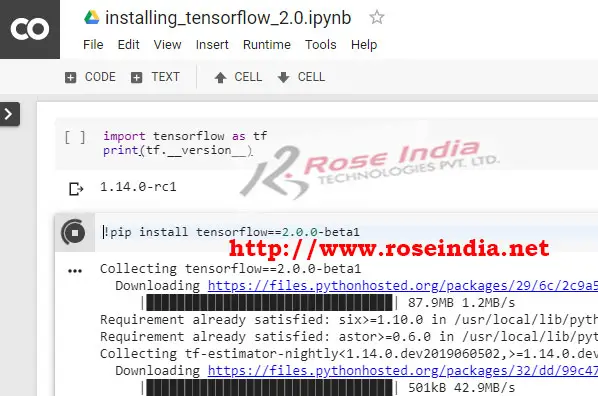
TensorFlow supports various operating systems like Windows, Mac, and Linux.Pip install tensorflow=2.4.0 tensorflow-federatedĭotayoutubesearchblock1 Additional helpful points about TensorFlow After the dependencies are installed, TFF can be installed using “pip install tensorflow-federated”. TFF can be installed using pip by following the steps mentioned in the previous section to create a virtual environment and installing additional dependencies like Bazel and CUDA Toolkit. TensorFlow Federated (TFF) is an extension of TensorFlow for distributed machine learning. Installing TensorFlow Federated using pip It is recommended to use the latest stable version for best performance and compatibility. For example, “pip install tensorflow=2.3.0” will install TensorFlow version 2.3.0. Specific versions of TensorFlow can be installed using pip by specifying the version number after “tensorflow=”. Installing specific versions of TensorFlow using pip How to Install TensorFlow using PIP Install Command in Python3.6 Source myenv/bin/activate # for Linux/Mac

Install TensorFlow within the virtual environment using the pip command mentioned in the previous section. Activate the virtual environment by typing “source /bin/activate” (Linux/Mac) or “ \Scripts\activate.bat” (Windows). To create a virtual environment, type “python -m venv ” in your command prompt or terminal, replacing “ ” with the desired name for the environment. It is recommended to create a virtual environment for installing TensorFlow to avoid conflicts with other Python packages.

Creating a virtual environment for TensorFlow installation If the installation is successful, the program should output “Hello, TensorFlow!”. Hello = tf.constant('Hello, TensorFlow!') Tf.compat.v1.disable_eager_execution() # disable eager execution


 0 kommentar(er)
0 kommentar(er)
